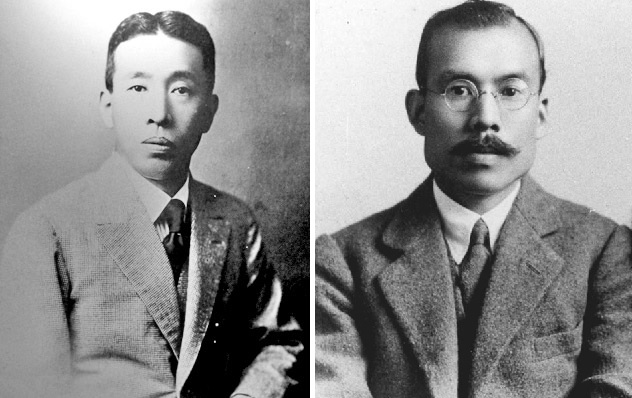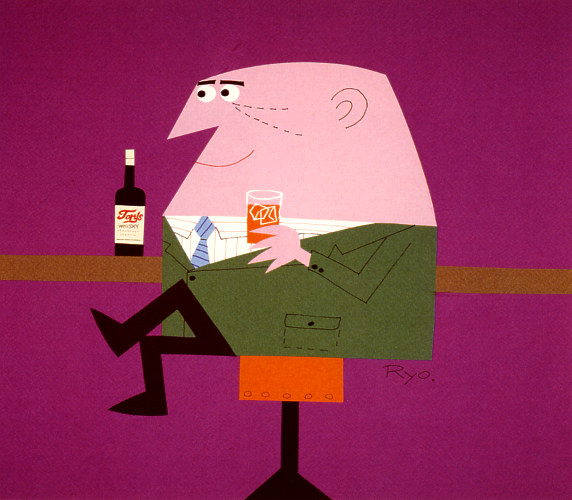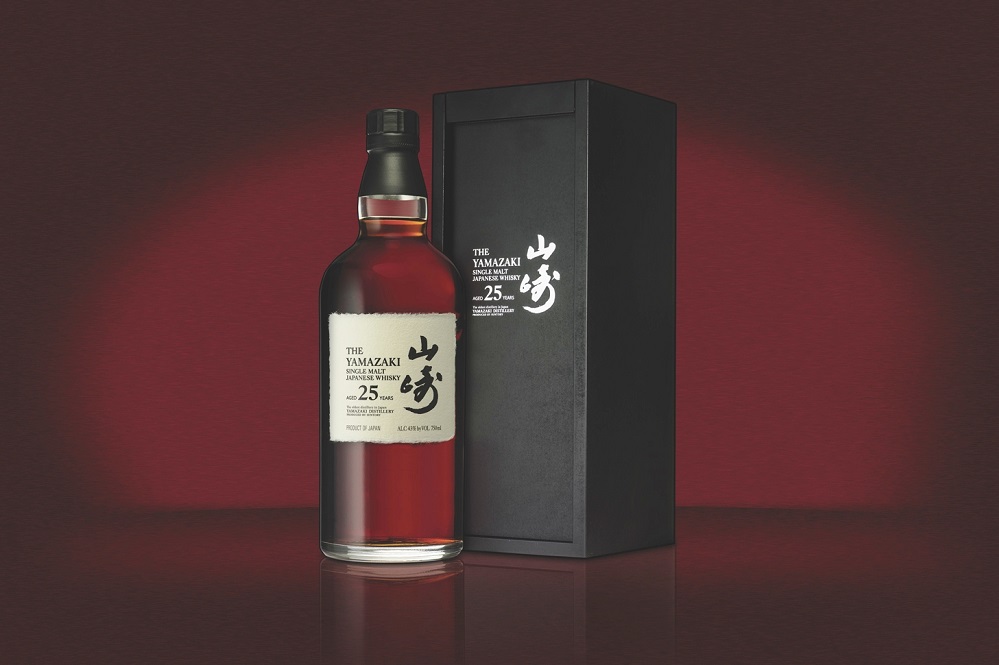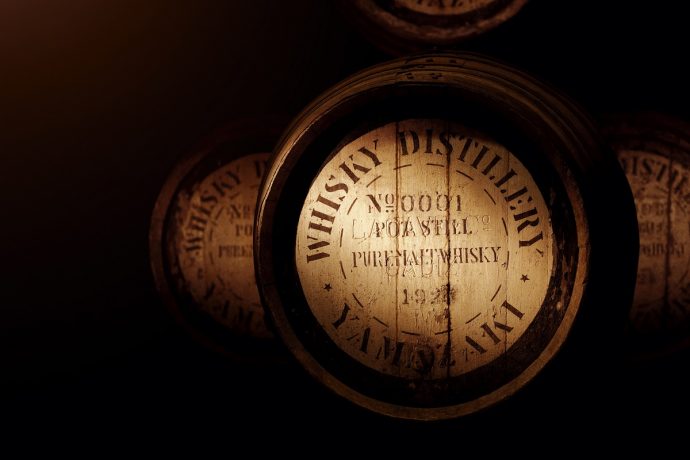It was a Thursday night in February, on the eve of the biggest snowfall Boston had yet to receive that year. The streets were already abandoned, giving the city an eerie I Am Legend vibe. The first flurries had begun to fall, and a cruel wind lashed the face of anyone unlucky—or stupid—enough to still be outside.
I was outside. Not because I needed to buy eggs, milk, or the other necessities that fly off the shelves after every dire winter weather bulletin. No, I was trudging up Cambridge Street in Beacon Hill, searching its liquor stores for hidden bottles of Yamazaki 12.
I lay the blame for this entirely on Dominic Roskrow, an English writer specializing in whisky. In 2016 Roskrow published Whisky Japan, a wonderful tome that demystifies one of earth’s most interesting spirit categories. But a word of warning: the book is as alarming as it is illuminating. It shines a light on the supply shortage that has racked the industry in recent years, and almost drove one of its two major distillers out of business. Reading it will motivate any whisky lover to go bottle-hunting in the middle of a blizzard.
But it wasn’t always this way. I recall a panel I attended at Thirst Boston in 2016, titled “New Kids on the Block: Whiskey From Unexpected Places.” A U.S. representative of Beam Suntory told a story about trying to sell the spirit to New York bars when it was first released stateside: he had to convince them it wasn’t made out of rice.
For part one of this two-part series, we’ll be taking a look back in time to try and make sense of Japanese whisky’s sudden ascent from curiosity to rarity. In part two, we’ll present a guide on how to scout for Japanese whisky in your area.
Now, let’s start at…
The Beginning of Japanese Whisky
In 1853 Commodore Matthew Perry opened Japan to trade by pointing guns at them. Feeling more diplomatic, Perry later presented the Emperor with 110 gallons of American whiskey as a gift. A vogue for American whiskey soon sparked a vogue for Scotch whisky, which in turn inspired domestic distillers to try their hand at the foreign stuff.
While the early Japanese attempts at brown spirit-making are cloaked in mystery, we can safely assume they weren’t quite on par with the best expressions available today. Bottles passed off as whisky were in reality grain spirits flavored with fruits, spices and even perfumes.
However, Japan would soon get a real whisky industry thanks to two brave pioneers: Shinjiro Torii and Masataka Taketsuru, who eventually fathered the Suntory and Nikka brands, respectively.

Left: Shinjiro Torii. Right: Masataka Taketsuru.
Torii wanted to make a whisky for the Japanese palate, and he established the nation’s first whisky distillery—Yamazaki—in 1923. Torii received a helping hand from Taketsuru, who had become fascinated by the whisky of Scotland while studying chemistry there in 1920 (he even returned with a Scottish bride, Rita Taketsuru, who became the subject of a popular Japanese soap opera).
The pairing didn’t last. In 1934 Taketsuru broke with Torii to open the Yoichi distillery on Japan’s northern island of Hokkaido, which he believed had a superior climate for creating Scotch-like whiskies.
Japanese Whisky Finds Success at Home
Japan’s whisky industry managed to survive the disasters of WWII, and eventually received the patronage of occupying U.S. soldiers. Japan’s post-war economic recovery was a boon to Suntory, which whet the nation’s appetite with an inexpensive blended whisky called “Torys.” It was promoted by a hard-drinking cartoon mascot named Uncle Torys (some of the vintage TV ads are on YouTube, and they’re gold), and well over one thousand “Torys Bars” opened to sate the collective thirst of the new Japanese salarymen.

Vintage Torys Whisky ad featuring Uncle Torys.
But the boom went bust. It fell victim to the same trend that would hollow out brown spirits in the West: the younger generation’s preference for clear spirits and sweet, fruity cocktails. Japanese whisky would eventually return to popularity in its home country, but it wasn’t before lauded distilleries like Hanyu and Karuizawa were forced to close.
International Success and Scarcity
Although interest had waned, many Japanese distilleries were at the top of their game by the turn of the millennium. The earlier focus on blended whisky had given way to the pursuit of single malts, and in 2001 Nikka’s Yoichi 10-Year was named “Best of the Best” at the Whisky Magazine awards.
This watershed moment gave Japanese whisky its first toehold in the West, and a hot streak of awards followed. In 2012, Yamazaki 25 bested 300 single malts from across the whisky-making world in a blind tasting. And shortly thereafter, the Whisky Bible named Yamazaki Sherry Cask 2013 the best whisky in the world.

Yamazaki 25
But all this winning came at a cost, to the producer and the consumer. Many of the Japanese single malts on the market came from stocks established in the 1990s, when demand for Japanese whisky had been dramatically lower. Prices skyrocketed at home and abroad, and some varieties vanished altogether. Nikka was among the hardest hit, and had to remove the age statements from much of its Yoichi, Miyagikyo and Taketsuru lines to avoid total stock depletion.
And many of the age statements that survived are less accessible than they’ve ever been. For instance, Yamazaki 18 is essentially a unicorn these days, and my local liquor store will still receive Yamazaki 12 this year—but the store is instituting a raffle for the right to even purchase it.
While this news is discouraging for the Japanese whisky aficionado, it’s even more disheartening to those just beginning to explore this marvelous spirit category. What’s the point of falling in love with something if it’s about to go extinct or become a walled-off luxury?
Well, that’s where part two of this series come in. Our next article will explore how you can still lock down rare finds in your area, as well as how to enjoy Japanese whisky without going broke.
This is part one of a three-part series on Japanese whisky. Check out our guide to the best Japanese whisky under $100, and learn where to find great Japanese whisky in stores!




The scarcity is unfortunate, but some expressions can still be found with some effort. A few months ago my neighbor had a bottle of Yamazaki 12. At that point I’ve only tasted Yamazaki 18 (which was superb), and I quite enjoyed the 12 as well, more than some of the drams I’ve been having around that time. We discussed finding more, and he found a store online that had 4 bottles of Yamazaki 12. He suggested we buy 2, but we ended up buying all 4. Came at a cost for sure, but made us happy. Thanks for the great read Eric.